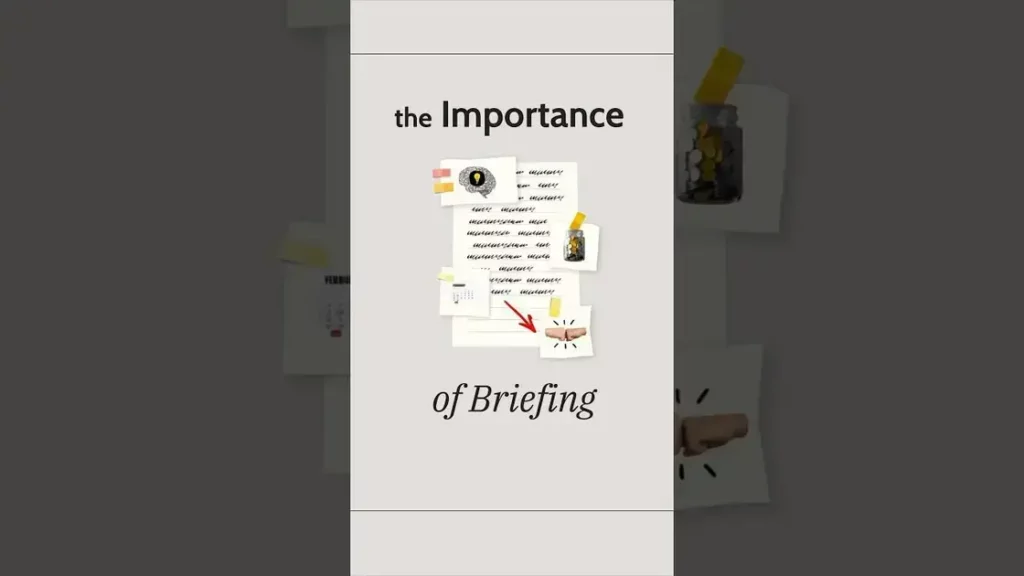Leitura: 6 minutos Discover how top leaders are leveraging the free ‘Science of Happiness’ course to boost their team’s resilience, well-being, and performance. In the next few minutes, you’ll unlock actionable strategies that are reshaping workplace culture and personal productivity across US businesses.
Why Happiness Drives Results
Workplace happiness is quickly becoming a cornerstone of business strategy. Modern research shows that happy employees outperform less satisfied peers in productivity, creativity, and loyalty.
- Happy teams drive higher market share by building stronger client relationships.
- Increased well-being means fewer absences and lower turnover—critical for managing risk in talent pipelines.
- Positive mindsets improve problem-solving and innovation, giving firms a competitive edge.
On the ground, this translates to reduced HR costs, more agile operations, and a direct impact on the bottom line. The message for leaders? Prioritize happiness to increase resilience across your value chain. Are you investing enough in your team’s well-being?
Inside the Free Happiness Course
The free ‘Science of Happiness’ course, created by UC Berkeley’s Greater Good Science Center, distills years of psychological research into actionable lessons. Participants learn how gratitude, emotional intelligence, and meaningful relationships foster lasting well-being.
- Self-paced modules fit tight executive schedules.
- Practical tools for leaders: habit trackers, reflection journals, and group exercises.
- Focused on evidence-based behavioral change, not just theory.
For those navigating high-pressure environments, this course offers direct pathways to better decision-making and stress management. How could integrating these practices change your daily operations?
Competitive Advantage: Data Speaks
Companies incorporating happiness science are gaining measurable market advantages. Studies link a 12-20% increase in productivity to workplace happiness. Satisfied talent attracts more talent, creating a positive feedback loop for growth.
- High-engagement cultures minimize risk exposure due to improved retention.
- Leaders report greater innovation and faster project deployment.
- Enhanced brand reputation among top clients and stakeholders.
Strategically, this means happier organizations often dominate emerging markets and are better positioned for long-term stability. The takeaway? Treat happiness training as a core component of your strategic playbook. Is your company capitalizing on these trends?
Integrating Science into Culture
Translating happiness science into everyday norms is essential for measurable impact. Smart businesses embed well-being principles into onboarding, leadership training, and supply chain partnerships.
- Routine well-being check-ins become standard management practice.
- Recognition systems reward not just results, but collaboration and positivity.
- Cross-functional teams use happiness metrics for continuous improvement.
In practice, this leads to a high-trust culture that accelerates change and insulates from disruption—boosting enterprise risk management. How is your leadership embedding happiness science beyond the HR department?
Future Trends: Tech, Law, and Beyond
The intersection of technology and happiness science is just beginning. Platforms leveraging AI assess employee sentiment and suggest well-being interventions in real time. Expect upcoming regulation to mandate transparent well-being reporting, akin to ESG requirements.
- US corporations will face growing pressure to offer documented well-being programs.
- AI-powered dashboards will become standard for tracking morale and engagement.
- Early adopters will set market benchmarks, influencing global standards.
The bottom line: aligning happiness science with digital transformation and compliance creates sustainable market leadership. What’s your plan to stay ahead as these trends reshape business expectations?
